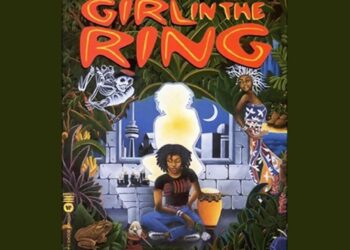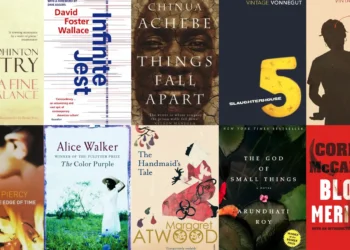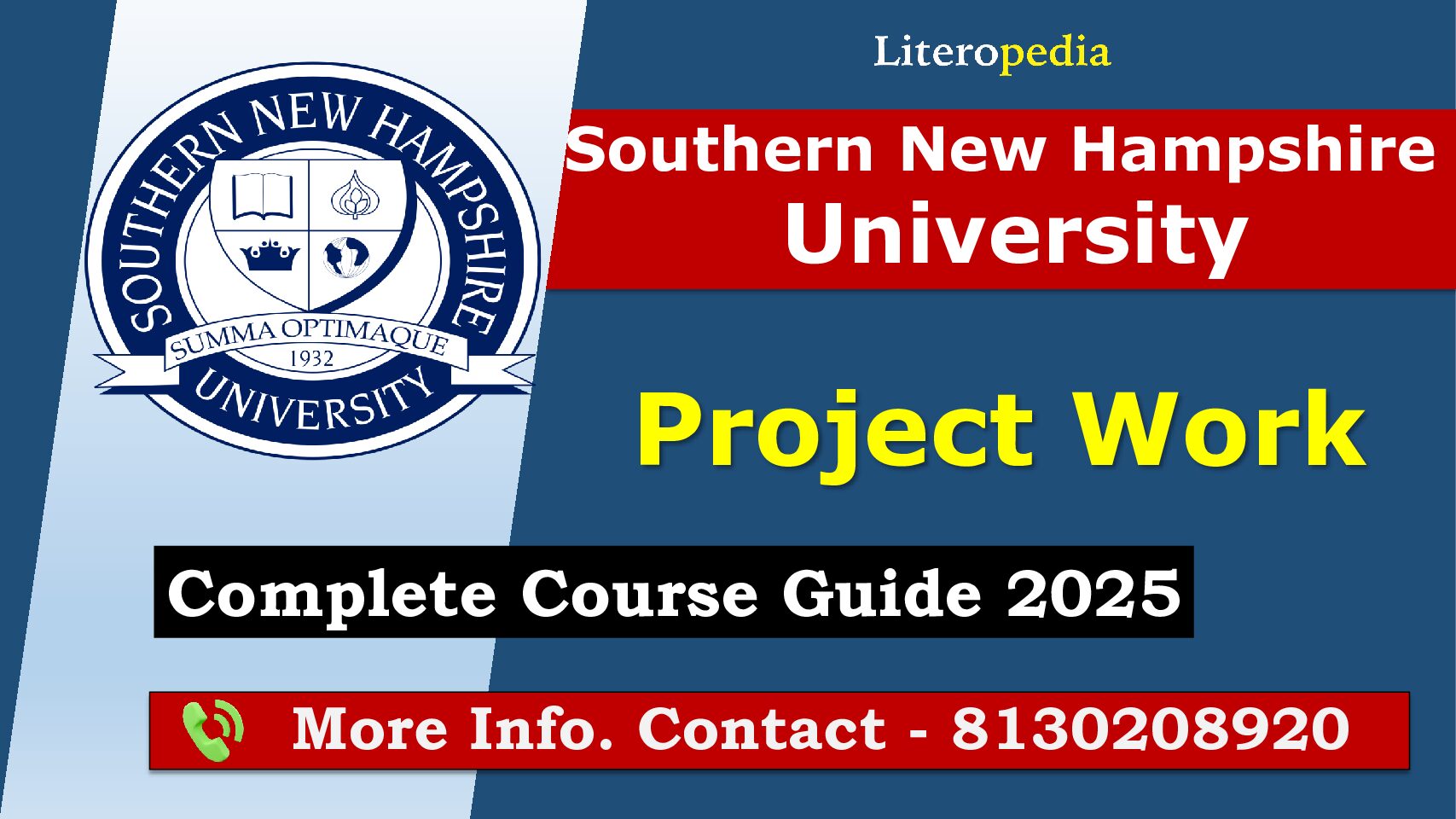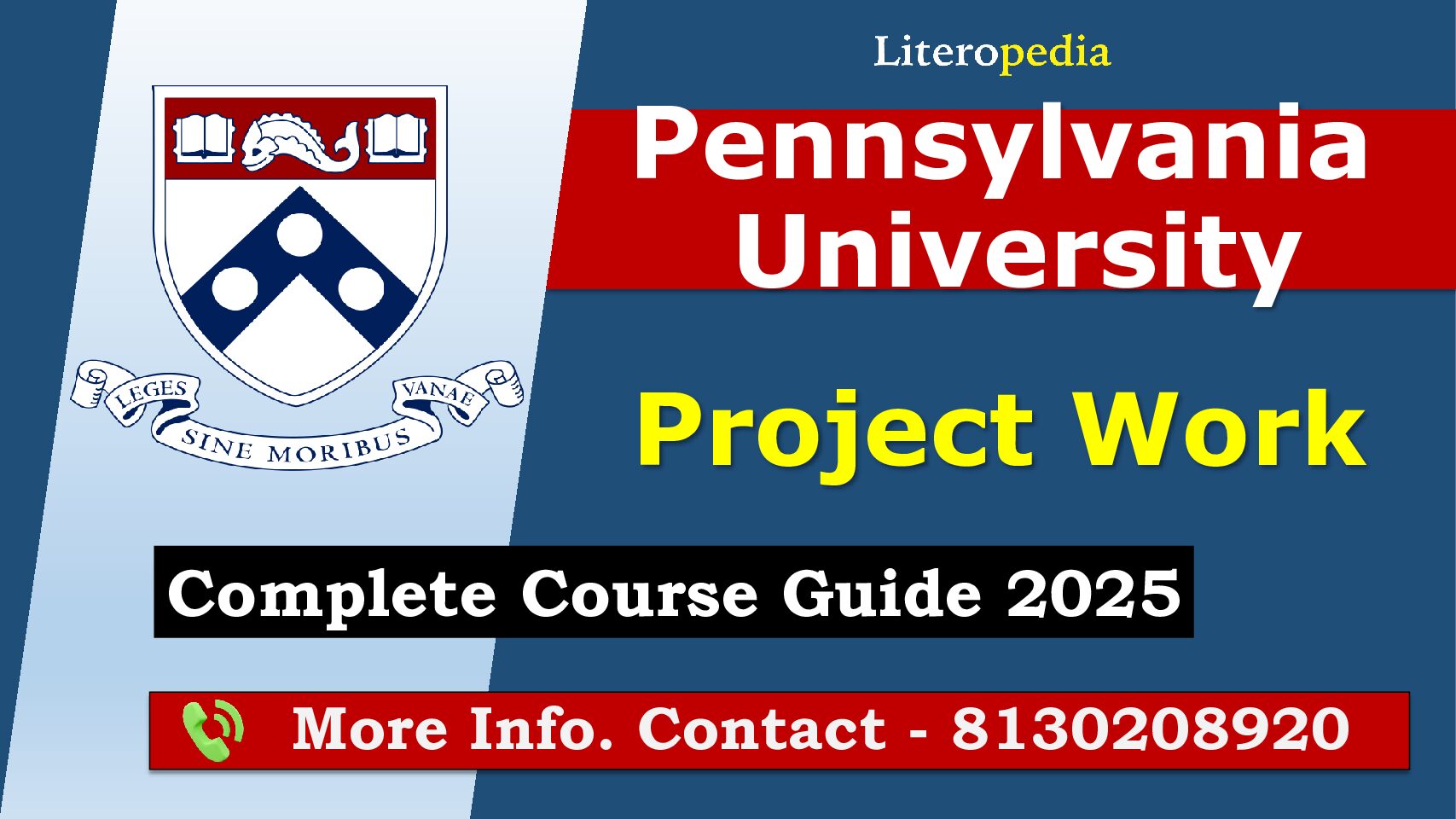MCQs on Symbolism
1. What literary movement is characterized by the use of symbols to convey deeper meanings?
a) Naturalism
b) Realism
c) Romanticism
d) Symbolism
2. Who is often regarded as the founder of the Symbolist movement in literature?
a) Charles Baudelaire
b) Gustave Flaubert
c) Victor Hugo
d) Emile Zola
3. Symbolist writers often sought to express:
a) Clear and straightforward meanings
b) Ambiguous and elusive meanings
c) Realistic portrayals of everyday life
d) Idealistic visions of nature
4. In Symbolist literature, symbols are used to:
a) Represent the ordinary and mundane
b) Convey universal and straightforward meanings
c) Evoke emotions and suggest deeper, hidden meanings
d) Reject the use of symbols altogether
5. Who wrote the influential Symbolist manifesto titled “Symbolism” in 1886?
a) Charles Baudelaire
b) Stéphane Mallarmé
c) Arthur Rimbaud
d) Paul Verlaine
6. The Symbolist movement emerged in the late:
a) 17th century
b) 18th century
c) 19th century
d) 20th century
7. Which Symbolist poet is known for his work “The Flowers of Evil”?
a) Stéphane Mallarmé
b) Paul Verlaine
c) Charles Baudelaire
d) Arthur Rimbaud
8. Symbolist literature often challenges the conventions of:
a) Idealism
b) Realism
c) Naturalism
d) Romanticism
9. Who is considered a key Symbolist poet, known for his mystical and visionary poetry?
a) Charles Baudelaire
b) Stéphane Mallarmé
c) Arthur Rimbaud
d) Paul Verlaine
10. The Symbolist movement had a significant impact on various art forms, including:
a) Photography
b) Abstract painting
c) Realist sculpture
d) Impressionist dance
11. Which Symbolist poet is associated with the concept of “decadence” and a fascination with artificiality and morbidity?
a) Stéphane Mallarmé
b) Paul Verlaine
c) Charles Baudelaire
d) Arthur Rimbaud
12. Symbolist literature often explores the relationship between:
a) Nature and civilization
b) Faith and reason
c) Dreams and reality
d) Romanticism and realism
13. In Symbolist poetry, what is the significance of the “correspondences”?
a) The rejection of symbolism
b) The connection between the physical and spiritual realms
c) The celebration of literal meanings
d) The emphasis on straightforward language
14. The Symbolist movement rejected the notion of art serving:
a) Political ideologies
b) Religious institutions
c) Social realism
d) Aesthetic beauty
15. Which Symbolist poet is known for his association with the concept of “pure poetry” and the idea of “the unsayable”?
a) Stéphane Mallarmé
b) Paul Verlaine
c) Charles Baudelaire
d) Arthur Rimbaud
16. In Symbolist literature, what do colors often represent?
a) Realism
b) Political ideologies
c) Emotional states and abstract concepts
d) Historical events
17. Who wrote the Symbolist play “The Intruder,” known for its dreamlike and mysterious atmosphere?
a) Arthur Rimbaud
b) Charles Baudelaire
c) Stéphane Mallarmé
d) Maurice Maeterlinck
18. Symbolist literature is often characterized by an emphasis on:
a) Clarity and straightforwardness
b) Ambiguity and suggestion
c) Realistic portrayals of daily life
d) Political and social themes
19. Which Symbolist poet is known for his association with the “Parnassian” style and exploration of exotic and sensual themes?
a) Stéphane Mallarmé
b) Paul Verlaine
c) Charles Baudelaire
d) Arthur Rimbaud
20. Symbolist literature often rejects:
a) The use of metaphors
b) The exploration of the subconscious
c) The influence of dreams
d) The straightforward representation of reality
21. In Symbolist literature, what do mirrors often symbolize?
a) Vanity and superficiality
b) Clarity and realism
c) Logic and reason
d) Romantic ideals
22. The Symbolist movement influenced the development of:
a) Naturalism
b) Surrealism
c) Realism
d) Romanticism
23. Which Symbolist poet is known for his association with the “musicality” of poetry and the use of “melodic prose”?
a) Stéphane Mallarmé
b) Paul Verlaine
c) Charles Baudelaire
d) Arthur Rimbaud
24. In Symbolist literature, what does the moon often symbolize?
a) Clarity and realism
b) Rational thought
c) Emotional states and the subconscious
d) Political ideologies
25. Who is known for his Symbolist novel “Against Nature,” which explores the decadent and artificial lifestyle of its protagonist?
a) Charles Baudelaire
b) Stéphane Mallarmé
c) Joris-Karl Huysmans
d) Paul Verlaine
Also Read-
26. Symbolist literature often features a rejection of:
a) Aesthetic beauty
b) Dreams and fantasies
c) Artistic experimentation
d) Ambiguity
27. Which Symbolist poet is known for his association with the “Parnassian” style and meticulous craftsmanship in his poetry?
a) Stéphane Mallarmé
b) Paul Verlaine
c) Charles Baudelaire
d) Arthur Rimbaud
28. The Symbolist movement is often associated with the concept of “art for art’s sake,” emphasizing:
a) Political engagementMCQs on Symbolism
b) Social realismMCQs on Symbolism
c) Aesthetic beauty and artistic expression
d) Clarity and straightforwardness
29. In Symbolist literature, what is the significance of the “correspondences”?
a) The rejection of symbolism
b) The connection between the physical and spiritual realms
c) The celebration of literal meanings
d) The emphasis on straightforward language
30. Which Symbolist poet is known for his association with the “Parnassian” style and exploration of mythological and historical themes?
a) Stéphane Mallarmé
b) Paul Verlaine
c) Charles BaudelaireMCQs on Symbolism
d) Arthur Rimbaud
31. The Symbolist movement is often associated with the rejection of:
a) Aesthetic beauty
b) Ambiguity and suggestionMCQs on Symbolism
c) Rational thought
d) Artistic experimentation
32. Who is known for his Symbolist play “The Maids,” which explores themes of power, identity, and illusion?
a) Arthur Rimbaud
b) Jean Genet
c) Stéphane Mallarmé
d) Maurice Maeterlinck
33. Symbolist literature often features a fascination with:
a) Clarity and realism
b) The ordinary and mundane
c) The mysterious and irrational
d) Romantic ideals
34. Which Symbolist poet is known for his association with the concept of “decadence” and a fascination with artificiality and morbidity?
a) Stéphane Mallarmé
b) Paul Verlaine
c) Charles Baudelaire
d) Arthur Rimbaud
35. Symbolist literature often challenges the conventions of:
a) Idealism
b) Realism
c) Naturalism
d) Romanticism
36. Who wrote the Symbolist play “The Blue Bird,” exploring themes of imagination and the search for happiness?
a) Arthur Rimbaud
b) Jean Genet
c) Stéphane MallarméMCQs on Symbolism
d) Maurice Maeterlinck
37. The Symbolist movement influenced various art forms, including:
a) Photography
b) Abstract paintingMCQs on Symbolism
c) Realist sculpture
d) Impressionist dance
38. In Symbolist literature, what does the sun often symbolize?
a) Clarity and realism
b) Rational thought
c) Emotional states and the subconscious
d) Political ideologiesMCQs on Symbolism
39. Symbolist literature often explores the relationship between:
a) Nature and civilization
b) Faith and reasonMCQs on Symbolism
c) Dreams and reality
d) Romanticism and realism
40. In Symbolist literature, what does the color blue often symbolize?
a) Clarity and realism
b) Rational thought
c) Emotional states and the subconscious
d) Political ideologies
41. Symbolist literature often challenges the conventions of:
a) Idealism
b) Realism
c) Naturalism
d) Romanticism
42. Who is known for his Symbolist novel “Against Nature,” which explores the decadent and artificial lifestyle of its protagonist?
a) Charles Baudelaire
b) Stéphane Mallarmé
c) Joris-Karl Huysmans
d) Paul Verlaine
43. In Symbolist literature, what does the moon often symbolize?
a) Clarity and realism
b) Rational thought
c) Emotional states and the subconscious
d) Political ideologies
44. Symbolist literature often features a rejection of:
a) Aesthetic beauty
b) Dreams and fantasies
c) Artistic experimentation
d) Ambiguity
45. Which Symbolist poet is known for his association with the “Parnassian” style and exploration of mythological and historical themes?
a) Stéphane Mallarmé
b) Paul Verlaine
c) Charles Baudelaire
d) Arthur Rimbaud
46. The Symbolist movement is often associated with the concept of “art for art’s sake,” emphasizing:
a) Political engagement
b) Social realism
c) Aesthetic beauty and artistic expression
d) Clarity and straightforwardness
47. In Symbolist literature, what do mirrors often symbolize?
a) Vanity and superficiality
b) Clarity and realism
c) Logic and reason
d) Romantic ideals
48. Symbolist literature often features a fascination with:
a) Clarity and realism
b) The ordinary and mundane
c) The mysterious and irrational
d) Romantic ideals
49. Which Symbolist poet is known for his association with the concept of “pure poetry” and the idea of “the unsayable”?
a) Stéphane Mallarmé
b) Paul Verlaine
c) Charles Baudelaire
d) Arthur Rimbaud
50. Who wrote the Symbolist play “The Maids,” which explores themes of power, identity, and illusion?
a) Arthur Rimbaud
b) Jean Genet
c) Stéphane Mallarmé
d) Maurice Maeterlinck
Answer
1. d) Symbolism
2. a) Charles Baudelaire
3. b) Ambiguous and elusive meanings
4. c) Evoke emotions and suggest deeper, hidden meanings
5. a) Charles Baudelaire
6. c) 19th century
7. c) Charles Baudelaire
8. b) Realism
9. c) Arthur Rimbaud
10. b) Abstract painting
11. a) Charles Baudelaire
12. c) Dreams and reality
13. b) The connection between the physical and spiritual realms
14. c) Social realism
15. a) Stéphane Mallarmé
16. c) Emotional states and abstract concepts
17. d) Maurice Maeterlinck
18. b) Ambiguity and suggestion
19. c) Charles Baudelaire
20. d) The straightforward representation of reality
21. a) Vanity and superficiality
22. b) Surrealism
23. a) Stéphane Mallarmé
24. c) Emotional states and the subconscious
25. c) Joris-Karl Huysmans
26. a) Aesthetic beauty
27. c) Charles Baudelaire
28. c) Aesthetic beauty and artistic expression
29. b) The connection between the physical and spiritual realms
30. c) Charles Baudelaire
31. a) Aesthetic beauty
32. b) Jean Genet
33. c) The mysterious and irrational
34. a) Charles Baudelaire
35. c) Naturalism
36. d) Maurice Maeterlinck
37. b) Abstract painting
38. c) Emotional states and the subconscious
39. c) Dreams and reality
40. c) Emotional states and the subconscious
41. c) Naturalism
42. c) Joris-Karl Huysmans
43. c) Emotional states and the subconscious
44. a) Aesthetic beauty
45. c) Dreams and reality
46. c) Aesthetic beauty and artistic expression
47. a) Vanity and superficiality
48. c) The mysterious and irrational
49. a) Stéphane Mallarmé
50. b) Jean Genet
















